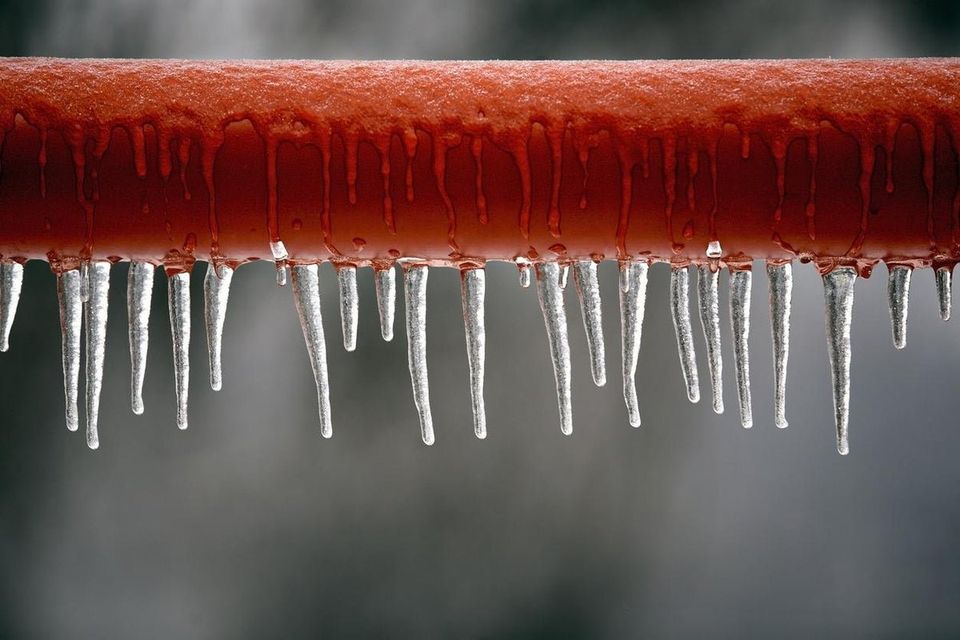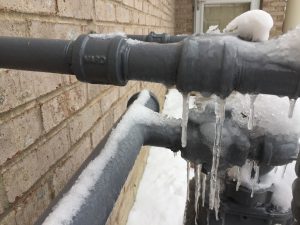Avoiding Frozen Pipes in Winter: Critical Strategies
Avoiding Frozen Pipes in Winter: Critical Strategies
Blog Article
What're your thoughts with regards to How to Prevent Your Pipes From Freezing?

Winter can damage your plumbing, specifically by freezing pipes. Here's just how to avoid it from taking place and what to do if it does.
Introduction
As temperature levels decline, the risk of icy pipelines boosts, potentially leading to costly repair work and water damages. Comprehending just how to prevent icy pipelines is vital for homeowners in chilly environments.
Comprehending Frozen Pipes
What creates pipes to freeze?
Pipes ice up when subjected to temperatures listed below 32 ° F (0 ° C) for extended durations. As water inside the pipes freezes, it broadens, taxing the pipeline wall surfaces and potentially triggering them to rupture.
Dangers and damages
Frozen pipelines can bring about water supply disruptions, residential property damages, and expensive fixings. Ruptured pipelines can flood homes and cause considerable architectural damages.
Indications of Frozen Water Lines
Identifying icy pipes early can avoid them from bursting.
How to recognize frozen pipelines
Look for reduced water circulation from taps, unusual smells or noises from pipes, and visible frost on revealed pipes.
Prevention Tips
Protecting at risk pipes
Cover pipelines in insulation sleeves or utilize warmth tape to safeguard them from freezing temperature levels. Concentrate on pipes in unheated or outside locations of the home.
Home heating strategies
Keep indoor rooms sufficiently heated, especially locations with pipes. Open up closet doors to enable warm air to distribute around pipes under sinks.
Securing Outdoor Plumbing
Garden hoses and outside taps
Disconnect and drain garden hose pipes before wintertime. Set up frost-proof faucets or cover exterior taps with protected caps.
What to Do If Your Pipes Freeze
Immediate actions to take
If you presume frozen pipes, maintain taps open to eliminate stress as the ice thaws. Make use of a hairdryer or towels taken in warm water to thaw pipelines slowly.
Long-Term Solutions
Structural changes
Think about rerouting pipes far from exterior wall surfaces or unheated areas. Include added insulation to attics, cellars, and crawl spaces.
Upgrading insulation
Buy premium insulation for pipes, attics, and walls. Appropriate insulation aids maintain constant temperatures and minimizes the risk of frozen pipes.
Conclusion
Stopping frozen pipes calls for proactive steps and fast responses. By comprehending the causes, indications, and safety nets, homeowners can safeguard their plumbing during cold weather.
5 Ways to Prevent Frozen Pipes
Drain Outdoor Faucets and Disconnect Hoses
First, close the shut-off valve that controls the flow of water in the pipe to your outdoor faucet. Then, head outside to disconnect and drain your hose and open the outdoor faucet to allow the water to completely drain out of the line. Turn off the faucet when done. Finally, head back to the shut-off valve and drain the remaining water inside the pipe into a bucket or container. Additionally, if you have a home irrigation system, you should consider hiring an expert to clear the system of water each year.
Insulate Pipes
One of the best and most cost-effective methods for preventing frozen water pipes is to wrap your pipes with insulation. This is especially important for areas in your home that aren’t exposed to heat, such as an attic. We suggest using foam sleeves, which can typically be found at your local hardware store.
Keep Heat Running at 65
Your pipes are located inside your walls, and the temperature there is much colder than the rest of the house. To prevent your pipes from freezing, The Insurance Information Institute suggests that you keep your home heated to at least 65 degrees, even when traveling. You may want to invest in smart devices that can keep an eye on the temperature in your home while you’re away.
Leave Water Dripping
Moving water — even a small trickle — can prevent ice from forming inside your pipes. When freezing temps are imminent, start a drip of water from all faucets that serve exposed pipes. Leaving a few faucets running will also help relieve pressure inside the pipes and help prevent a rupture if the water inside freezes.
Open Cupboard Doors
Warm your kitchen and bathroom pipes by opening cupboards and vanities. You should also leave your interior doors ajar to help warm air circulate evenly throughout your home.

As an avid person who reads about 6 Ways to Prevent Frozen Pipes, I thought sharing that piece of content was essential. Are you aware of another person who is serious about the niche? Why not promote it. Thanks for being here. Kindly stop by our site back soon.
Course Detail Report this page